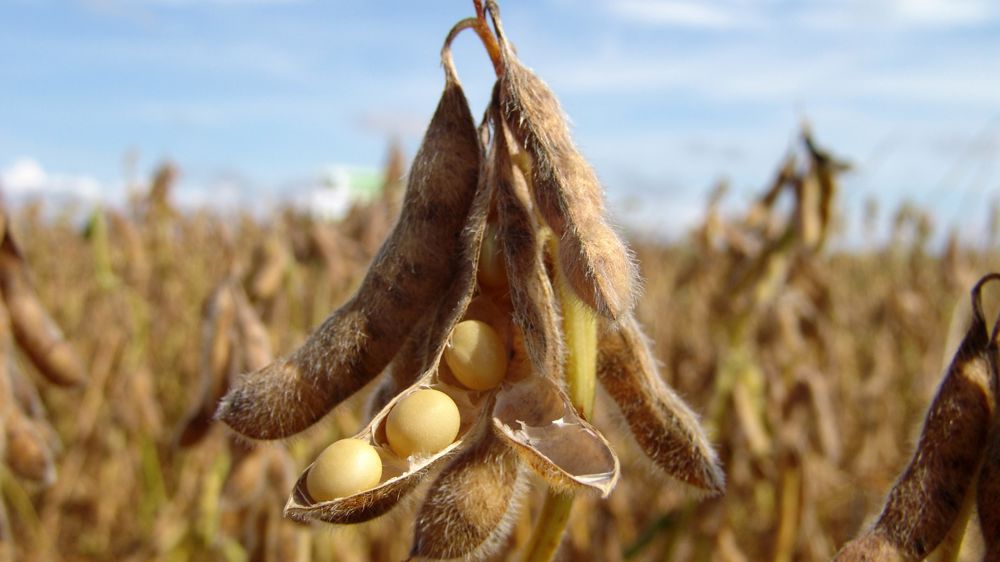Temperature variations due to climate change accelerate changes in biodiversity, making ecosystems more vulnerable. An international study, published in Nature on January 29, highlights that less diverse habitats are more sensitive to temperature fluctuations. The researchers recommend preserving varied landscapes and reducing human impacts to protect species. The diversity of habitats allows species to better withstand temperature variations. Behavioural adaptations are not enough to maintain species diversity in the face of temperature fluctuations. Species replacement rates are increasing with accelerating temperature changes.
Varied habitats help species survive in several ways:
- Diverse environments provide cooler or warmer areas where species can move to escape extreme temperatures. For example, an animal may take refuge in the shade of a tree on a hot day.
- A greater variety of habitats often means an increased diversity of food resources. This allows species to find food adapted to their specific needs, even when certain resources become scarce.
- Diverse habitats promote species adaptation by allowing them to explore different ecological niches. This increases the chances of survival in the face of environmental changes.
- Habitat diversity allows for varied interactions between species, such as pollination, predation, and competition, which can stabilize populations and reduce the risk of extinction.
- Species living in a variety of habitats can better manage environmental stresses, such as drought or flooding, by moving to less affected areas.
Source : Rural 21




